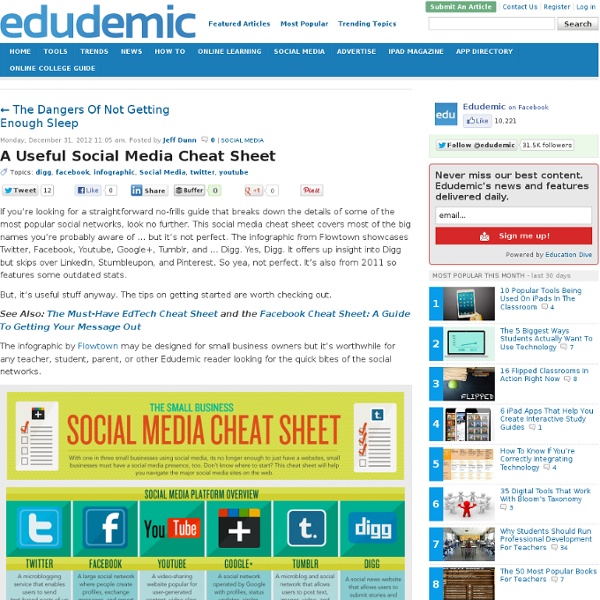



Reading, Writing and… Facebook? By Janice Wood Associate News Editor Reviewed by John M. Grohol, Psy.D. on December 29, 2012 A new study shows that 94 percent of Israeli high school students accessed social media on their phones during class. Researchers at the University of Haifa said that just 4 percent of students reported not using their cellphones at all during class. The researchers also found that in classes with more permissive teachers, mobile phone use was lower than in classes where the teacher imposed strict discipline. “The students use their mobile phones in various ways — to surf the Internet and access social media, to listen to music, take photos, play games, and send text messages and photos,” the researchers said. “Based on our findings, there is almost no moment during any class when some pupil isn’t using their cell phone.” The study, conducted at the University of Haifa’s School of Political Sciences by Dr. Source: University of Haifa Student texting during class photo by shutterstock.
Why Students Like Social Media But Schools Don't Social media is here to stay. Students love it. Teachers love it. But there’s a disconnect in there somewhere. According to a report from ASCD , students are eager to use the latest social media in order to communicate, collaborate, and enhance their learning. But schools have a few big concerns that has led to many students not having adequate access to social media. The below infographic details some of the biggest details from the report and shows what we already know: students and teachers like social media but administrators are concerned (for now).
Using Social Media In The Classroom For Real-World Learning Engaging Students Through Social Media by Rob James first appeared on gettingsmart.com; Using Social Media In The Classroom For Real-World Learning Social media has become an essential part of most people’s everyday lives, from checking Facebook and Twitter to posting blogs, Pinterest listings, and uploading YouTube videos. However, and with smartphones making it easier than ever to spend time on social media networks, in what ways can these networks be leveraged to engage and build a foundation for future student learning? While the potential of distraction is there, the right social media teaching strategies can lead to creative learning, and a productive approach to making social media part of ongoing professional development. For students, social networks arguably provide a mix of creative expression and group work through tasks like contributing to a blog, designing websites, uploading video presentations, and creating Facebook pages for class projects. References and Further Reading
How Teachers Are Using Social Media Right Now How Teachers Can Best Use Education Technology 4.66K Views 0 Likes Edtech isn't the final solution for education's problems. It's a powerful addition to classrooms though, so it's time to ask: what is the point of education technology? The Current State Of Technology In K-12 7.30K Views 0 Likes What is the next device most students will soon purchase? Ten tips for using social media in school communications By Nora Carr, APR, Fellow PRSA Read more by June 15th, 2011 A few tips can help educators tackle social media. With social media networks ubiquitous in American life, it’s time to shift the debate from whether it’s a good idea for educators to use this new medium to how to use it wisely and well. Here are 10 tips to help get you started in social media for school communications. 1. Use social media networks as a research tool. To quote a well-known advertising campaign, “Get out there.” 2. Find out if your school or district has any policies or guidelines regarding employee use of social media. 3.
Social Media and Teaching I had the opportunity to attend a session last week, hosted by Pearson, on how higher ed faculty use social media. Much of the content was quite interesting. You can download the full research report here. Quite a bit of survey data was presented on the survey with 3,875 respondents, including that 34% of faculty use social media – blogs, wikis, podcasts, Facebook, LinkedIn and Twitter – in their teaching. The piece of information that caught my eye, though, was on what instructors consider the biggest barriers to using social media: The second and third items on the list – concerns about privacy and separate course and personal accounts – impress me as nontrivial. How do you use social media in your professional life, whether in teaching, marketing, or other ways, and how do you guard against the unintended consequences of these public communications?